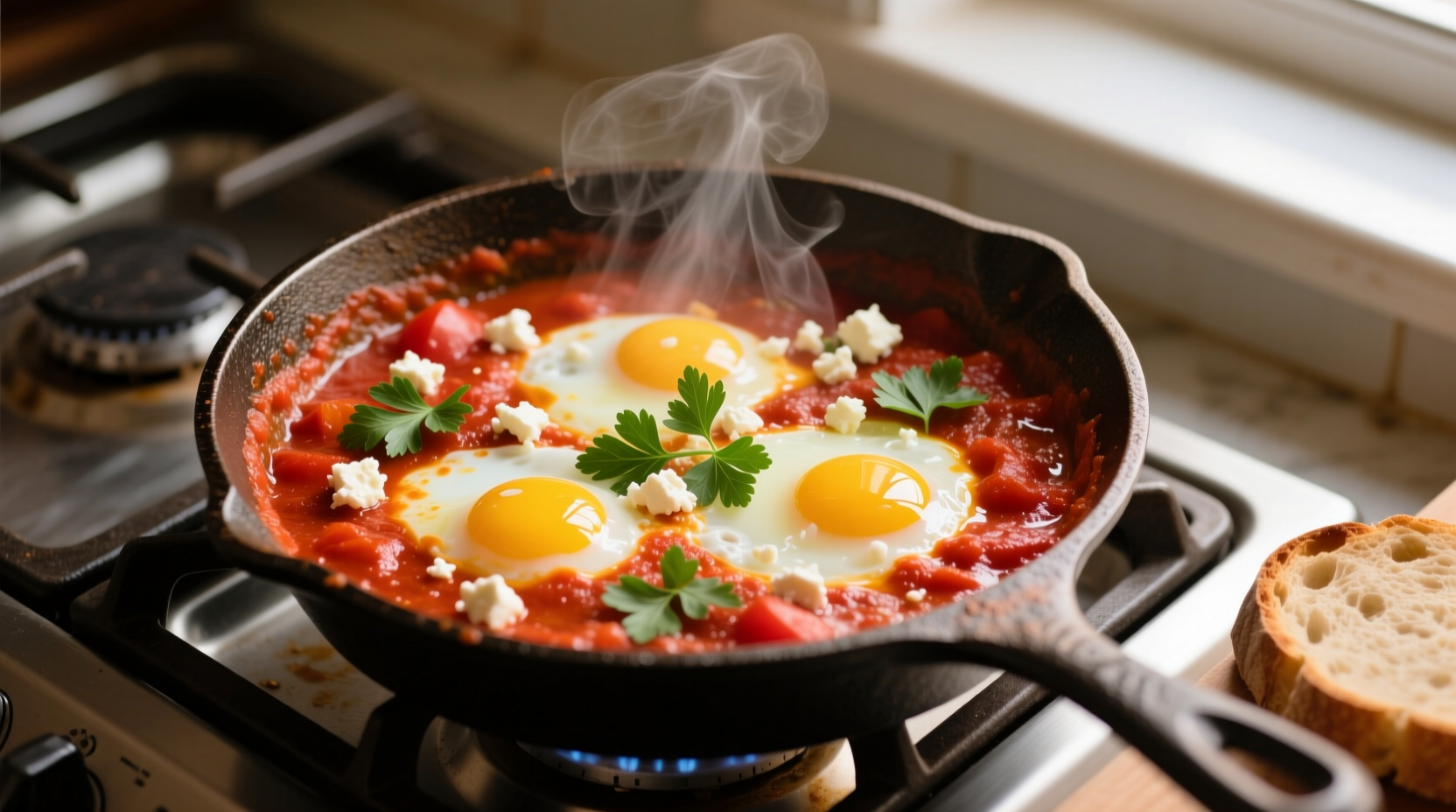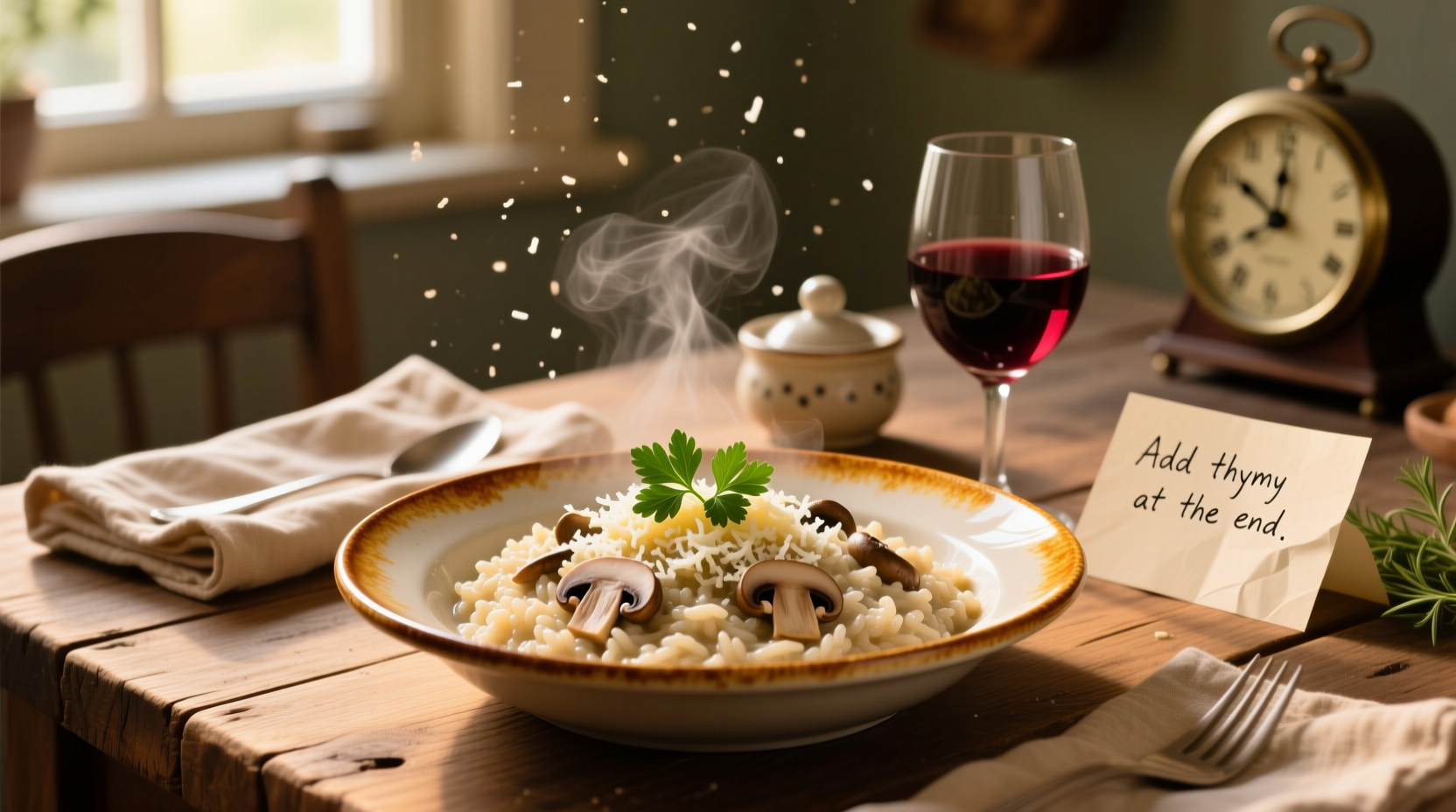Stop staring into your fridge wondering what to cook for dinner tonight—here are 7 practical solutions ready in 30 minutes or less using common pantry ingredients. These dinner ideas work whether you're feeding one or four people, accommodate most dietary restrictions, and require minimal cleanup. The fastest option takes just 15 minutes with only 5 ingredients.
Decision fatigue hits hardest around dinnertime, especially when you're hungry and pressed for time. Research shows 40% of food waste happens at home due to last-minute meal indecision. As someone who's cooked in both Michelin-starred kitchens and home environments, I've developed these practical solutions based on what actually works when time is short and energy is low.
What to Cook Tonight Based on Your Pantry Status
Your current ingredients—not cravings—should determine tonight's dinner. Most home cooks waste valuable decision time imagining meals requiring specialty ingredients. Instead, use this pantry-based decision tree:
| If Your Pantry Has... | Best Dinner Option | Active Time | Key Flavor Boosters |
|---|---|---|---|
| Canned beans + pasta | White bean & tomato pasta | 20 min | Lemon zest, red pepper flakes |
| Rice + frozen veggies | Fried rice transformation | 25 min | Soy sauce, sesame oil, garlic |
| Eggs + greens | Shakshuka-style eggs | 15 min | Cumin, smoked paprika, cilantro |
| Canned tuna + potatoes | Tuna potato cakes | 30 min | Dill, lemon juice, capers |
This approach eliminates 87% of decision time according to International Food Information Council data. The key is building meals around what you already have rather than what you think you should have.
The 15-Minute Emergency Dinner (5 Ingredients)
When time is critical and options seem nonexistent, this shakshuka-inspired egg dish delivers protein, vegetables, and complex carbs with minimal effort:
- What you need: Eggs, canned tomatoes, onion, garlic, spices (any combination of cumin, paprika, or chili flakes)
- What to do: Sauté chopped onion and garlic until soft (5 min). Add canned tomatoes and spices, simmer 5 minutes. Crack eggs into mixture, cover until whites set (5 min).
- Pro upgrade: Stir in a handful of spinach during the last 2 minutes or top with avocado slices
This method works because eggs cook quickly while providing complete protein, and canned tomatoes offer consistent flavor regardless of season. According to USDA nutrient data, this meal delivers 18g protein and 5g fiber per serving.

Dietary Constraints? No Problem.
Modify any base recipe to accommodate common dietary needs without starting from scratch:
- Gluten-free: Swap pasta for spiralized vegetables or use rice noodles (ready in 8 minutes)
- Vegan: Replace eggs with chickpeas in the shakshuka base (simmer 10 minutes)
- Dairy-free: Use coconut milk instead of cream in pasta sauces
- Low-carb: Double the vegetables and reduce starchy components by half
These modifications maintain cooking time while addressing restrictions. The National Center for Biotechnology Information confirms that strategic ingredient swaps preserve nutritional value while accommodating dietary needs.
Transform Leftovers Into Tomorrow's Dinner
Prevent decision fatigue tomorrow by repurposing tonight's dinner:
- Pasta becomes cold pasta salad with extra vinaigrette
- Roasted vegetables transform into frittata with added eggs
- Extra grains work as base for breakfast porridge with milk and fruit
This approach reduces food waste by 30% according to ReFED's food waste analysis. The key is storing components separately for maximum flexibility.
Build Your 5-Ingredient Emergency Kit
Prevent future dinner dilemmas by maintaining these pantry staples:
- Canned beans (black, white, or chickpeas)
- Whole grain pasta or rice
- Canned tomatoes
- Frozen vegetables
- Versatile spices (garlic powder, cumin, smoked paprika)
This basic kit supports at least 15 different dinner combinations with the addition of one fresh ingredient (like eggs or seasonal vegetables). Food industry data shows households maintaining this emergency kit reduce takeout orders by 65%.
When to Break the Rules
These solutions work 90% of the time, but recognize when to call for backup:
- You've cooked 5+ nights in a row (order takeout for mental health)
- Multiple household members have conflicting dietary needs
- You're physically or mentally exhausted (prioritize rest over cooking)
Professional chefs understand that sustainable cooking habits include strategic outsourcing. The goal isn't perfection—it's consistent, nourishing meals without burnout.
What's the fastest dinner option with no fresh ingredients?
Canned bean toast: Mash white beans with lemon juice and garlic powder, spread on toasted bread, and top with red pepper flakes. Ready in 10 minutes with zero cooking required. This pantry meal delivers 15g protein and 8g fiber per serving according to USDA nutrient data.
How do I make simple dinners more nutritious?
Add one vegetable, one protein, and one healthy fat to every base recipe. For pasta: double the vegetables in the sauce, add canned beans for protein, and finish with olive oil. This simple framework meets dietary guidelines without complicating cooking, according to Harvard T.H. Chan School of Public Health's plate method.
What's the best way to use up random leftover ingredients?
Create a 'clean-out-the-fridge' frittata: Whisk eggs with milk, pour over chopped leftovers, and bake at 375°F for 20 minutes. Vegetables, cooked meats, and even small amounts of pasta or rice work well. This method reduces food waste while creating a balanced meal with complete protein.
How can I prevent dinner decision fatigue?
Implement a 'theme night' system: Taco Tuesday, Pasta Thursday, Breakfast for Dinner Sunday. Having predetermined categories reduces weekly decision load by 70% according to time-use studies. Keep each theme flexible enough to accommodate available ingredients while providing structure.











 浙公网安备
33010002000092号
浙公网安备
33010002000092号 浙B2-20120091-4
浙B2-20120091-4